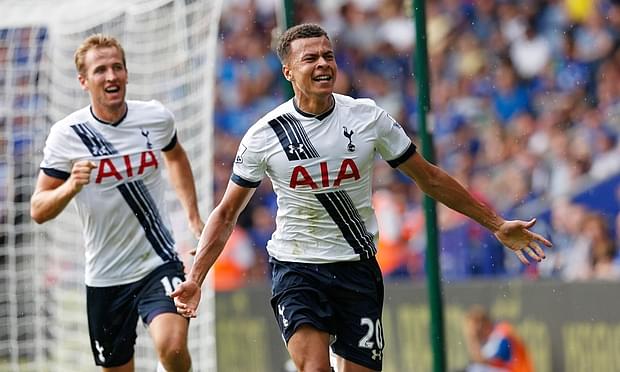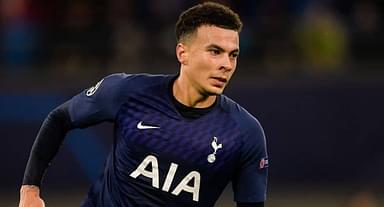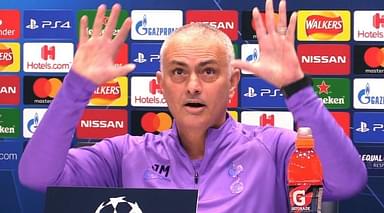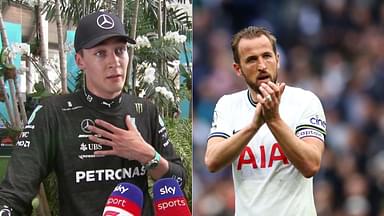In the Barclays Premier League 2016/17, Mauricio Pochettino’s Tottenham Hotspur finished 2nd in the table at the end of the season with an impressive 86 points.
They remained unbeaten at the White Hart Lane with 17 wins and 2 draws. Spurs charged a valiant title charge but fell short by 7 points to eventual Champions, Chelsea.
The cherry on their cake was of course, finishing above arch-rivals Arsenal for the first time since 1994-1995. They played an attractive, high-pressing and visually pleasing style of attacking football.
Pochettino had led Southampton to their highest ever finish in a Premier League Season, eight and will now oversee Tottenham’s transition from White Hart Lane to a new stadium.
Tottenham Hotspur mainly applied two formations in the previous season, a 4-2-3-1 and a 3-4-2-1, though their style of play, with full-backs pushing high and a central midfielder dropping deep ensured that both formations were inter-changeable.
When in possession in the 4-2-3-1, it is not unusual for one of the attacking midfield trio (often Christian Eriksen), to drop off and create a spare man in the centre or offer an option between the lines for free-flowing forward movement.
While in defence in the 4-2-3-1, with Christian Eriksen dropping off, a more defensively minded Eric Dier would sit in front of the Centre-backs as a ‘Half-back’. Pochettino regularly used this at Southampton as well with Victor Wanyama.
Spurs defend narrowly where possible with the three advanced midfielders pressing high, and the deeper central midfielders covering the space where the opposition is attacking.
ALSO READ : Barcelona looking to complete double deal by next week
Full backs almost play as wing backs, pushing high with support from Eric Dier. This is why when Spurs move to a 3-4-2-1, it is a simple transition: the full backs are almost wide midfielders already and Dier is used to dropping off.
In attack, Spurs have a variety of options. The forwards are skilled to carry the ball, comfortable to drop into space or wide, and with Harry Kane as a direct forward who moves well, both up and side, there is always space behind him for midfielders to make runs. Eriksen plays a crucial role for Spurs as all movement is around him.
He ended with 8 goals and 15 assists in the 2016/17 season, with 16 big chances created. He also hit the woodwork 5 times. With Eriksen dropping off, it left Kane, Alli and Son as the forward trident. Son would drop wide and run across the box, Alli would drop in to the space ahead of the back four before surging late into the box.
This well drilled movement with the level of players they have, makes Spurs a difficult team to defend against. Spurs scored 86 goals in the PL season, the most by any team.
The Full-backs also played a critical role in the team’s success. Kyle Walker or Trippier on the right and Danny Rose or Ben Davies on the left would push forward, create overload. This movement allowed the wider of the three midfielders to drift inside.
Both systems rely on the quality of full backs, they must be able to defend narrowly, helped by a deep dropping midfielder and burst forward and wider when in possession. The forwards are potent and lethal, hardly miss chances, drop off to create spaces, pass the ball through to others and most importantly, score a lot of goals.
Not to forget the importance of Mousa Dembele who is that cog in the system that makes them tick. He is strong on the ball and runs the show for Spurs. Pochettino had joked that his team is absent when Dembele is missing and labelled him a ‘Genius’.
Harry Kane can dribble and shoot, even from acute angles with venom.
This team is beautifully coached, drilled and have the firepower to achieve big. They have not purchased in the transfer window as of now but have sold Kyle Walker to Manchester City.
With Trippier now injured, they lack a quality Right Full Back. What is to be seen is how they cope with it.
Surely a team to keep an eye on.






